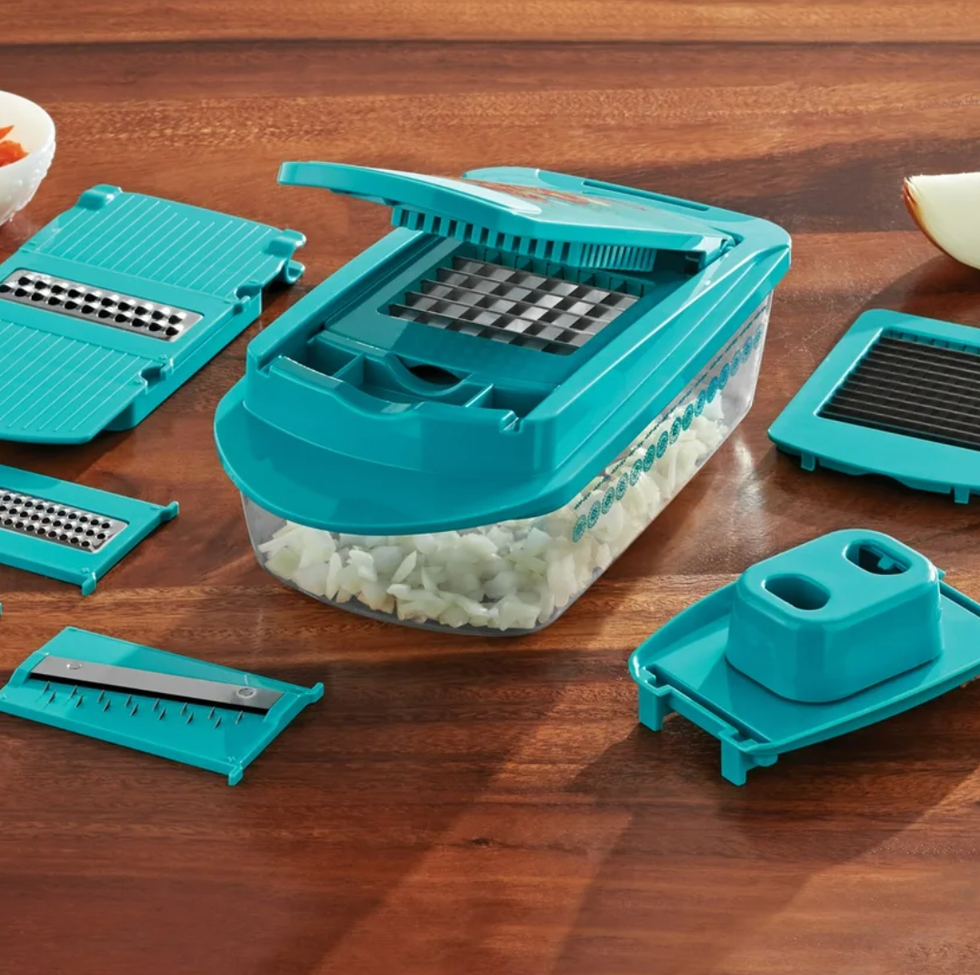10 years of experience as a food machinery equipment manufacturer
10 years of experience as a food machinery equipment manufacturer
Selecting the right meat and vegetable filling chopper can significantly streamline meal preparation, particularly for recipes requiring finely chopped or ground mixtures like dumplings, sausages, or stuffing. With various models available, making an informed choice involves understanding key features and how they align with individual cooking habits.

Often resembling a large food processor or a dedicated appliance, meat and vegetable filling choppers combine powerful motors with specialized blades and feeding mechanisms. Their primary task is to efficiently chop or grind raw meat (like pork, beef, chicken, or fish), vegetables, and other filling ingredients into the desired consistency, saving considerable time and effort compared to manual chopping.
Evaluating these features helps pinpoint the best fit for your kitchen:
Choosing wisely involves assessing personal requirements:
Make a smart selection with these final tips:
A well-chosen meat and vegetable filling chopper becomes an indispensable tool, saving substantial prep time while ensuring consistent results. By carefully weighing power, capacity, materials, intended use, and ease of cleaning against budget, home cooks can identify the appliance that truly enhances their culinary workflow and makes creating delicious fillings significantly easier.
